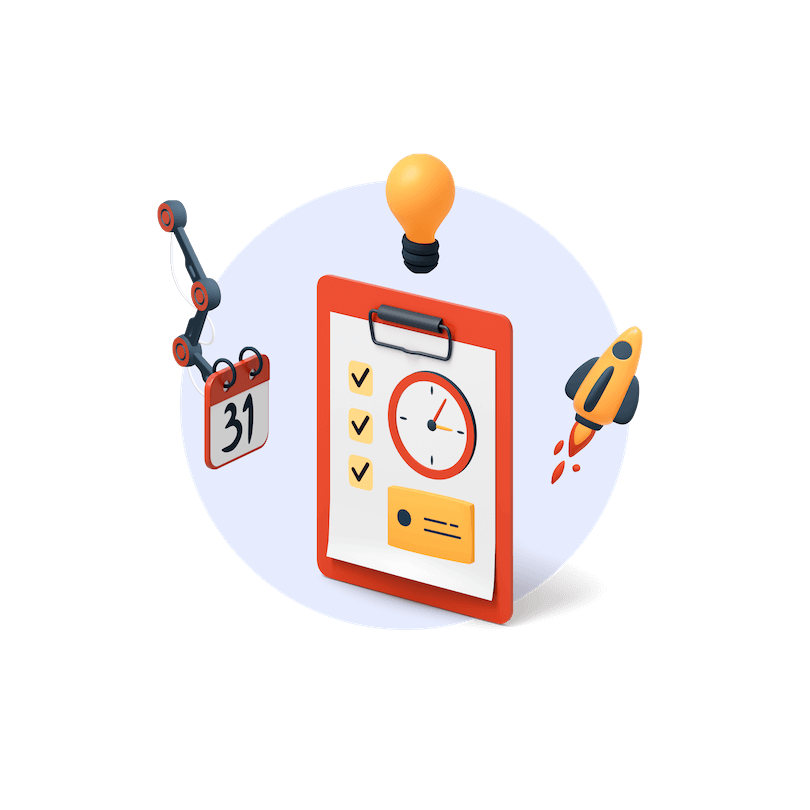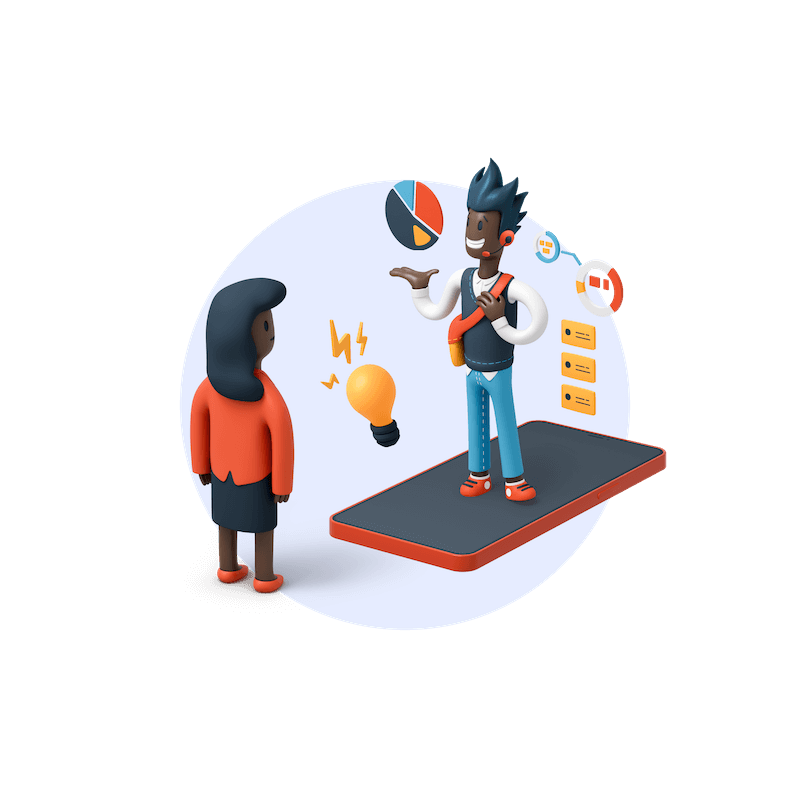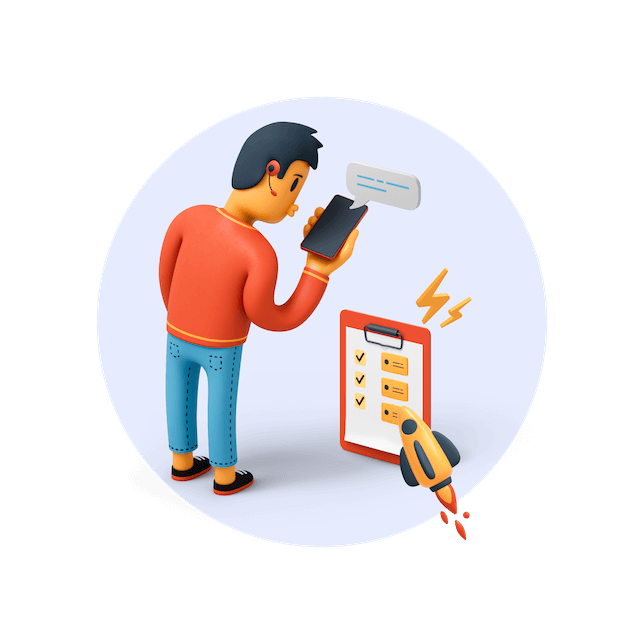Google Workspace, formerly G Suite or Google Apps, is a popular and well-loved set of cloud hosting enterprise tools. In 2020, Google announced that it has over 5 million business users using the platform. If you’re not already part of the 5 million using Google Workspace – there’s a long list of reasons why you should consider it for your business. Each tool is user friendly, accessible and has collaboration at its heart.
Aside from the core Google Workspace tools, one of the reasons it is so popular is because it comes with a huge number of integration possibilities. This means that Workspace can be used alongside many of your favorite apps seamlessly, allowing you to fully focus on your work without having to hop between countless apps and tabs.
One type of Google Workspace integration that is definitely worth considering is a time tracking app.
Table of Contents
What is time tracking?
Time tracking is the process of measuring the working hours of yourself, employees, or freelancers / contractors. It is an effective way of determining exactly how time is spent, as well as ensuring that billing or budgeting is done accurately. Time tracking has a number of other benefits, including increased productivity, improved transparency and better collaboration between individuals or team members.
👉 Are you into manual time tracking? Check our free time tracking templates for Google Sheets.
What are Google time tracking apps?
In theory, time tracking can be done using a simple spreadsheet or even using pen and paper. The core principles are that you record exactly how you spend each hour, what tasks you worked on and which time blocks are billable. To make life a lot easier, there are now a number of digital apps that are dedicated to time tracking, allowing users to do things like:
- Generate custom reports
- Use an in-built stopwatch
- Easily share timesheets with others
- Organize recorded time into tasks and projects
Google Workspace itself doesn’t have a native time tracking app, but luckily there are many integration apps available for download. Google time tracking apps are tools that can be found on the Google Workspace Marketplace. There are many time tracking apps available that each have useful features that can benefit how you measure your team’s time. Each app works slightly differently and integrates with one or multiple Google tools including Gmail, Google Sheets, Google Drive, Google Chatbot, Google Voice Assistant and more.
To help you decide which time tracking app is best for you, we’ve narrowed down the five best Google time trackers and why we think they’re worth installing.
The 5 best Google time trackers
Quidlo Timesheets
Quidlo Timesheets is a lightweight but powerful tool that prioritizes a user-friendly experience and easy sharing between users. Once you’ve signed in quickly and securely via Google, you can either use the built in timer or manually add your time entries. Quidlo Timesheets makes it simple to organize time into projects and mark them as billable or not. The software can be used on your desktop, web browser and smartphone which makes it convenient to add time entries as you go.
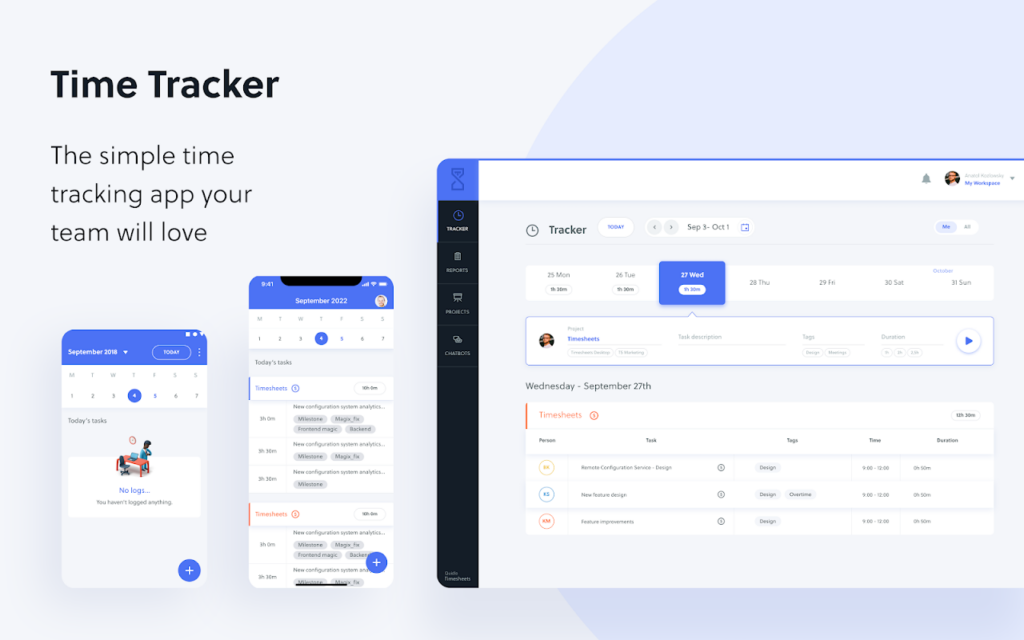
Quidlo Timesheets is great for teams that use Google Chat on a daily basis. The Quidlo Bot allows you to type simple commands to log time without leaving the app.
What really makes Quidlo Timesheets stand out when it comes to Google integrations, is the fact that it works with Google Assistant. From your smartwatch, tablet, smart display, phone or Google Home device, you can ask Google Assistant to log tasks, start the stopwatch, set reminders or even get a summary of the day. This means you can use the app completely hands free, and time track without disturbing your work.
Quidlo also allows you to export your custom reports into Google Sheets and Drive at the click of a button, allowing you to save them for easy access, as well as share and collaborate on with your team.
Integrates with:
- Google Sign-in
- Google Assistant
- Google Chat
- Google Sheets
- Google Drive
Cost:
The starter plan for up to 10 users is free and the pro plan is a flat cost of $29 a month. There is also the option for a custom plan at a custom price.
Beebole Timesheet and Beebole Timesheet for Google Sheets
Beebole has two main timesheet apps, the main one, and an add-on app specifically for Google Sheets. The Beebole Timesheet app is easy to securely access using your Google sign-in. Once you’re in, you can customize and manage your projects, track time and control budgets.
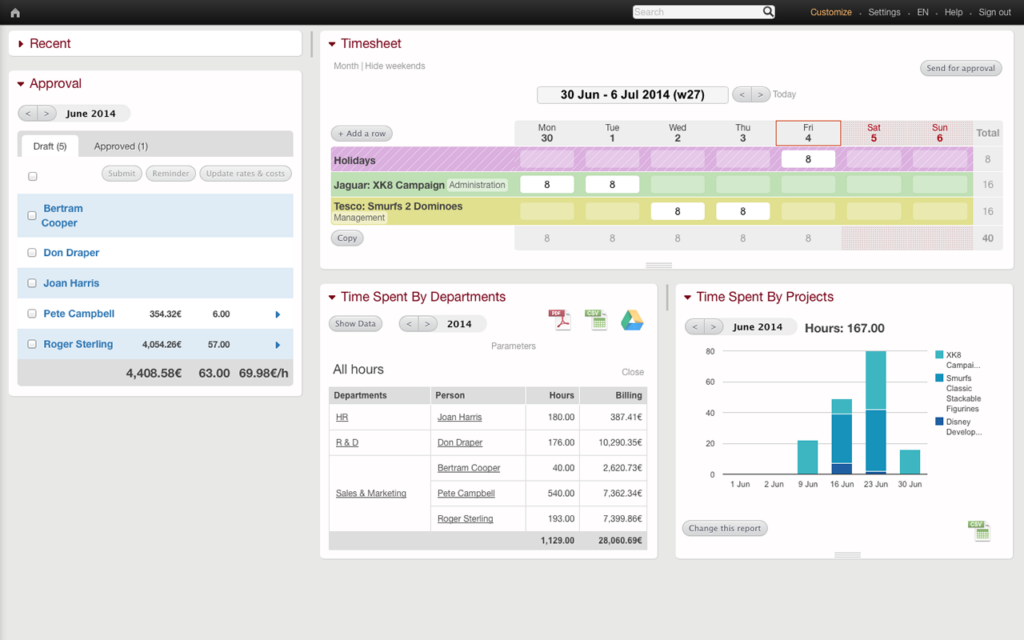
Beebole is designed with employee time management in mind by allowing users to track attendance and absences, submit time for approval and clock in and out from multiple devices.
With the Google integration, you can create and export reports straight into Google Drive for you to save, share and access on all your devices. You can also add Google Calendar to the timesheets screen, making it easier to plan your schedule.
The Google Sheets integration is an add-on that allows you to export your timesheet reports, billing data and other insights into Google Sheets. This is a great feature that allows you to further visualize your data, easily share it with others and save a backup of your data.
Integrates with:
- Google Sign-in
- Google Drive
- Google Calendar
- Google Sheets
Cost:
A free trial is available then it’s $7 per user, per month.
Time Doctor
Time Doctor is a tool best suited to employers looking for a hands-on, in-depth approach to time tracking and employee time management. The app includes two modes, interactive and silent time tracker. Interactive gives employees power over their own working hours – they can manually start and stop the timer and add new tasks. The silent time tracker, however, runs in the background automatically. This ensures that employees can get into deep work and minimize distractions. Managers can set the timer to run, triggered by an employee’s computer being on during fixed work hours. Time Doctor can track idle time too, notifying managers when the employee has been inactive for a certain length of time.
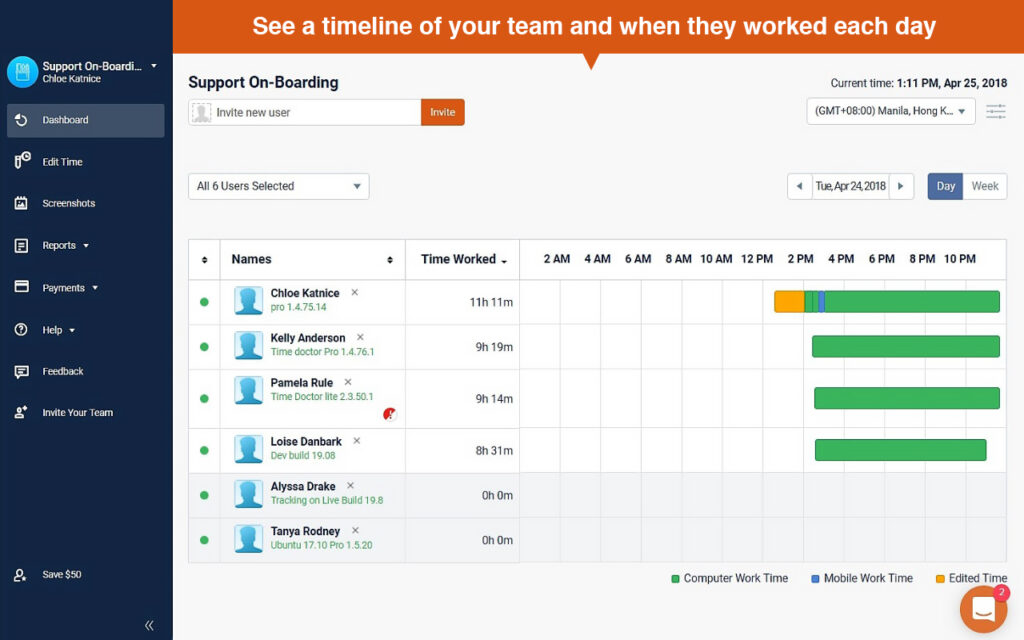
Time Doctor also features the ability to alert users when they visit non-work-related sites, and even send screenshots of employee screens to managers.
In terms of its Google integrations, Time Doctor can time how long is spent on different Google Apps, including Google Docs, Calendar, Sheets and Gmail.
Integrates with:
- Various Google Apps
Cost:
The basic plan is $7 per user, per month, the standard plan is $10 per user, per month and the premium plan is $20 per user, per month.
Harvest
Harvest is an accessible time tracking app with useful features. It’s great for budgeting, as it can automatically update team budgets as everyone tracks their own time, so you can keep your projects on track and avoid overspending.
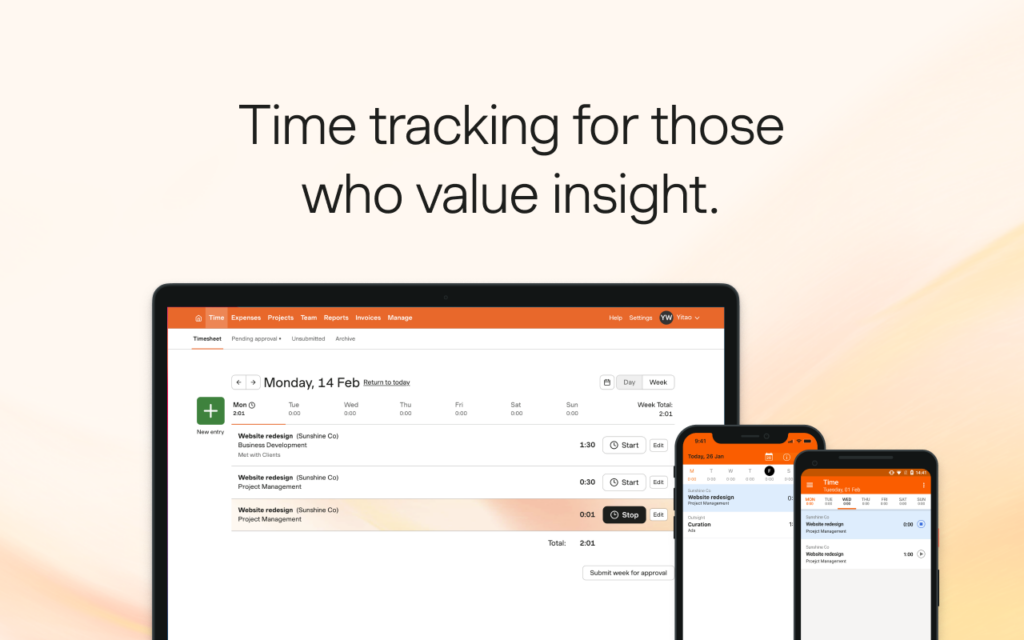
Harvest includes the ability to create custom reports that are visual to help you garner insights and actions from your data. Another stand-out feature is Harvest’s ability to automatically generate invoices, which can be a huge time saver.
Harvest allows users to make use of Google Sign-in for easy access, as well as export any reports to Google Drive in the click of a button.
Integrates with:
- Google Sign-in
- Google Drive
Cost:
A free trial for 30 days is available. The free plan includes 1 user and 2 projects. The pro plan is $12 per user per month.
Kanbanchi
Kanbanchi is an app focused on task and project management by including a kanban board, gantt chart and time tracker in one. It allows you to easily organize and track your team’s work, while collaborating in real time.
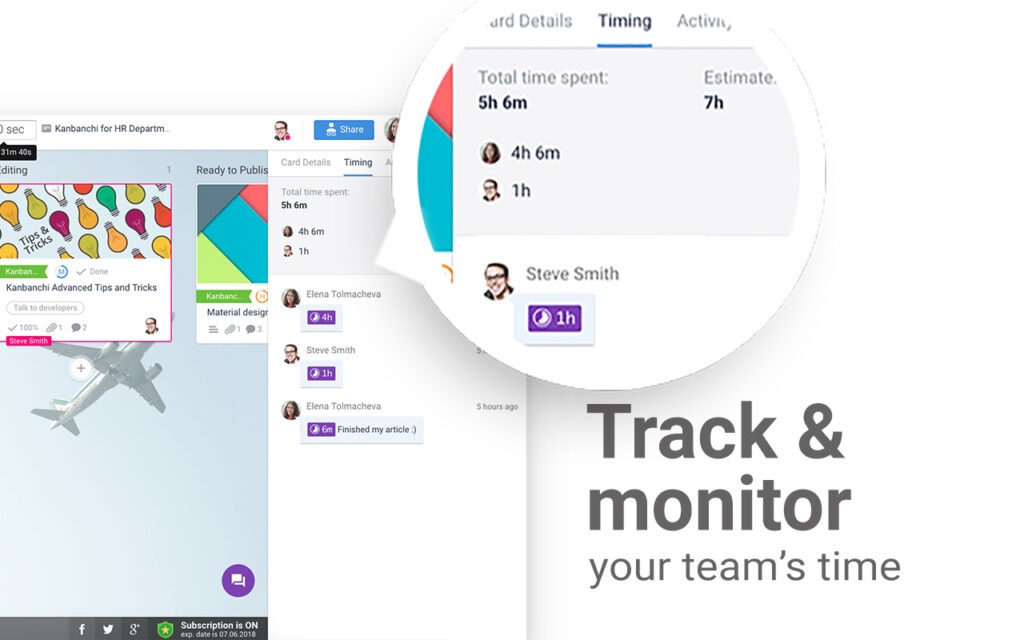
For the time tracker, each user can simply choose a card, start the timer, and stop it when you’re done. You’re then able to view your team’s progress and see how long was spent on each task.
Kanbanchi allows you to use Google to sign-in, as well as push your due dates straight to Google Calendar. You can also attach Google Drive files directly to tasks – making it easy to keep everything organized and in one place.
This tool is perfect for those looking to time track as well as manage projects, and those who want one app to do it all. This does mean, however, that the time tracking features are more basic than others.
Integrates with:
- Google Sign-in
- Google Calendar
- Google Drive
Cost:
The starter plan is $7.95 per user, per month, the professional plan is $19.97 per user, per month and the enterprise plan is a custom price.
What should you look for in a Google time tracker?
- A good price
Some time trackers can be sneaky when it comes to pricing. Make sure you check whether the price is per user, per team or is a flat fee. What may seem like a good price could become very expensive depending on the number of users you need. Check the price plan you’re considering includes all the features you need, too. A lot of time trackers offer free or cheap starter plans, but often these only include a few of the main features.
- Google integrations you need
Google integrations are definitely useful, but make sure to choose a time tracker that has the integrations you actually need. There’s no point introducing your team to a time tracker that doesn’t have a Google Chat integration if it’s your team’s most used app!
- User-friendliness
A time tracker can have all the functionality and features in the world, but it’s no good if it’s unusable by your team. Time tracking should be something easy and stress-free, not a job in itself. Make sure you pick a time tracking app that is simple for anyone to use and navigate without training.
- Shareability
One of the key things to look for when choosing a time tracker is the ability to share reports with others and add to shared projects – whether this is directly in the app or easily via email / messengers.
- Custom reports
To truly reap the benefits of time tracking, you’ll need to generate custom reports. These will allow you to break down exactly how your time is being spent, which hours are billable and so on. Creating these reports yourself can be time consuming, so choosing an app with this feature is important.
- Versions for multiple devices
Having an app that can be used across multiple different devices, and offline, is a must if you want to ensure you and your team are using time tracking regularly. Being able to start or stop a timer right from your phone, for example, is so easy and accessible that it makes the whole idea of time tracking more appealing.
- A built-in timer / stopwatch
A simple feature, but an important one. Having a built-in timer in your time tracking app will help you measure your time more accurately. As well as this, it also means that you don’t need to rely on remembering how long you spent on tasks to manually add them in later. With a click of a button (or a simple voice command), you’ll be able to track your time.
Final thoughts
There are so many Google Workspace time trackers available today that choosing the best one for your needs can be tricky. It’s important to get a good understanding of what each app offers, as well familiarizing yourself with the need-to-knows, like pricing plans, features and how the app works with Google Workspace. While some may find they need a time tracker that can do everything, some will value simplicity and accessibility more. Work with your team to decide your priorities to help you make the right choice. Happy time tracking!


